Classics That I’d Love to See as Comics
Graphic novels are a great way to engage reluctant readers, aid those with learning disabilities and dyslexia, and to supplement the original text. I love Madeleine L’Engle’s A Wrinkle in Time, and when the graphic novel version came out, I got that, too — and it was just as fun to read. I read Parable of the Sower last year and have the graphic novel adaptation on my TBR list.
Whenever I see or hear someone “justifying” reading a graphic novel or putting them down, it makes me sad. Graphic novels are books. It is reading. There just happens to be an added visual component to them. People learn and process language in different ways, and to disparage any form of reading is just gross. If a graphic novel version of a story captures a person’s attention and has them reading, great! If the graphic novel version helps them to better understand the original text or helps them process the story, awesome!
Classics have sometimes gotten a bad rap — I’ve had friends say they find them boring or they’re hard to get into. A well-done graphic novel can completely change that. Here are some classics that I would love to see as graphic novels. I’ve done my best to research whether or not they have been made into graphic novels at all, and I did not find any version for these.
If you’re interested in reading more about classics and graphic novels, check out this post about introducing classics via graphic novels, and this post about some of the best graphic novel adaptations of classics.
I Know Why the Caged Bird Sings by Maya Angelou
When I think of what an artist could do with this memoir, I want to read it right this minute. This is Angelou’s story of growing up and living through trauma and abandonment, but also of survival and love. She envelopes you into her life through her prose, and I think if it were paired with art, it could be even more powerful.
The Westing Game by Ellen Raskin
When game-loving millionaire Samuel Westing dies, 16 people are gathered to read the will and are sent off on a game to see who will inherit his fortune. While the existing book does have some illustrations, I feel like this would be AMAZING as a full-on graphic novel. The book is filled with word games, aliases, and more. I think its complexity could lend itself to the graphic novel form, especially with an experienced illustrator and writer who would adapt it appropriately.
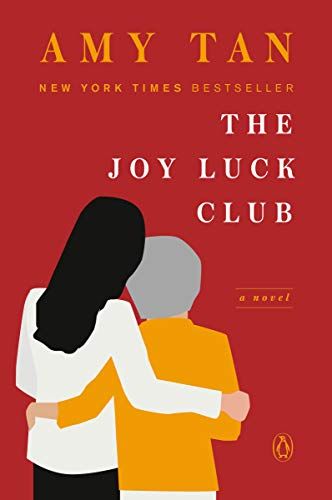
The Joy Luck Club by Amy Tan
This classic novel about four mothers and four daughters would be a fantastic graphic novel. I have visions of how the illustrator could weave in the mahjong tiles alongside their stories, and how the relationships could be caught on the page. This story about immigrating to a new country, surviving trauma, and raising strong daughters — as well as daughters trying to understand their mothers — is timeless, and a graphic novel adaptation might help bring it to a new generation of readers.
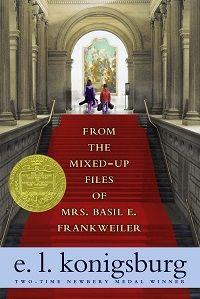
From The Mixed-Up Files of Mrs. Basil E. Frankweiler by E.L. Konigsburg
When Claudia Kincaid and her younger brother Jamie run away to the Metropolitan Museum of Art, they find themselves fascinated by a new statue and take it upon themselves to pursue its backstory. Given that setting — New York, the Met — is so central to the story, a graphic novel would be a great medium for the prose. Sure, it has illustrations here and there in the book, but a full-fledged graphic novel would make it even better. More than 50 years after it was first published, it still holds up, and a graphic novel might bring it to even more people, especially kids who don’t love reading or have trouble with reading.
Their Eyes Were Watching God by Zora Neale Hurston
I admit, at first I was ambivalent when I thought about this potential adaptation. But then I considered about how I already had pictures in my head of the setting and of Janie and Tea Cake, thanks to Hurston’s descriptions, and I’d love to see a graphic novel adaptation to read alongside the original text to add to the story. I can practically see the evocative pictures paired with Hurston’s lush prose, and I think the two would work so well together in this story.
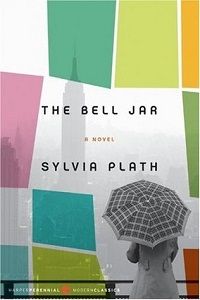
The Bell Jar by Sylvia Plath
Plath isn’t always accessible for readers, and I think a graphic novel version would help with that. Plath herself loved to draw, which was not widely known for a while. Through illustrating Esther’s slow breakdown and what happens next, Plath’s writing could be even more powerful. I have visions of pen and ink illustrations with occasional full-color panels for this book, and even though I’ve read this countless times, if it were a graphic novel, it would be on my must-have list.
The House on Mango Street by Sandra Cisneros
I think the structure of this book — told in vignettes — works really well for the graphic novel format. Cisneros writes the story of Esperanza coming of age on Mango Street in such a precise yet detailed way that you can practically envision the story anyway: the crowded neighborhood, stories about the neighbors; these all provide a rich setting. It’s a short novella, but her prose packs a lot of punch, which makes it perfect for the graphic novel.
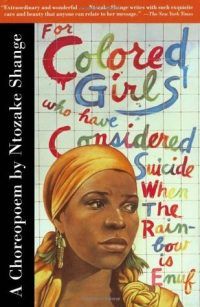
for colored girls who have considered suicide when the rainbow is enuf by Ntozake Shange
Shange’s storytelling, in both her poetry and novels, is powerful. This work about a group of women telling their interconnected stories dealing with love, struggle, trauma, and empowerment is well-suited to the graphic novel form, especially with the use of the colors of the rainbow. While not everyone might pick up the book — poetry can be intimidating to many people — it might find a new audience as a graphic novel.

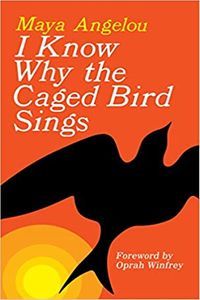
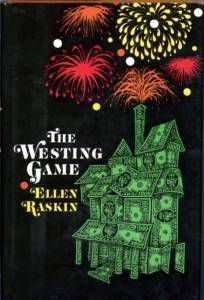
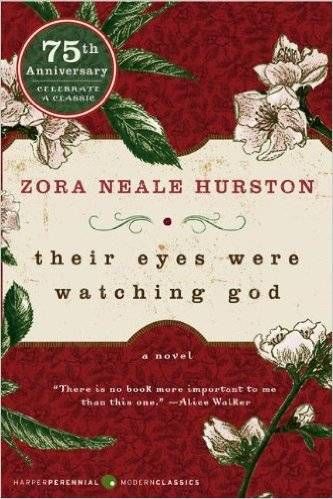

إرسال تعليق
0 تعليقات